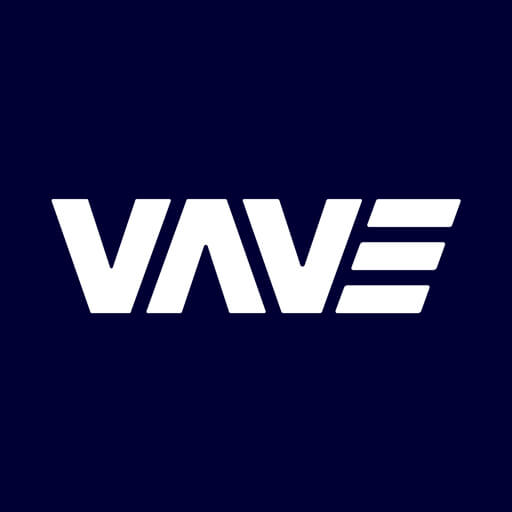We often get asked what makes Vave different from others in the commercial property insurance space. The answer really comes down to how our pricing algorithm works – and why.
Traditional underwriting wisdom is to always focus on getting the highest possible rate. However, this approach holds the potential to land you with a more risky asset on your portfolio, such as a poorly constructed property. So we designed Vave to first pick risks based on their individual characteristics and then appropriately price them.
Picking the right risks with data
We have the capability to identify the better, more profitable risks because of the data-informed algorithm that sets our rate. There are myriad data points that could come into play here.
We might, for example, know about existing damage to a property because one of our data partners collects data from overflight imagery of locations within 24 hours of a storm hitting an area. They take this information, and use an artificial intelligence module to identify a ‘damage ratio score’ based on what they can see from above. We have incorporated this score and other data about indicators of risk into our system, and our algorithm’s choices are made with this data in in mind.
Our system is programmed to recognise the warning signs which will lead to substantial loss. And it knows that a property with those warning signs is a risk we don’t want. (There’s a price at which we would bind it, of course, but the market would likely not bear it, so our quote essentially gets kicked out.)
A fresh approach to underwriting
If you were to compare what Vave is doing with the “traditional” way of doing things, it’s markedly different. A traditional underwriting team may consider between five and nine pieces of information. When we underwrite, we consider 20-25 rating factors. And when we’re looking at those factors, our focus is all about selecting the right risks rather than trying to get a better rate.
We’re able to consider all of these elements because we currently store upwards of 900 data points when assessing a risk. Though we don’t regularly use anywhere near all of them, we store as much data as possible just in case we ultimately need it. The massive amount of data that’s available to us not only enables better risk selection, but also allows us to iterate and improve; we have this big trove of information that sits in the background, which we can then compare against in order to optimise our risk selection again and again.
Amassing all of this data and building a system sophisticated enough to maximise it does not happen overnight; it’s taken us several years to get to this point, and we continue to fine tune. But today, our algorithm can instantly see at what point there is sufficient profit to make a risk worthwhile. As our portfolio clearly demonstrates, if the risk selection is better, then the underwriting is better, making this a model for success.

